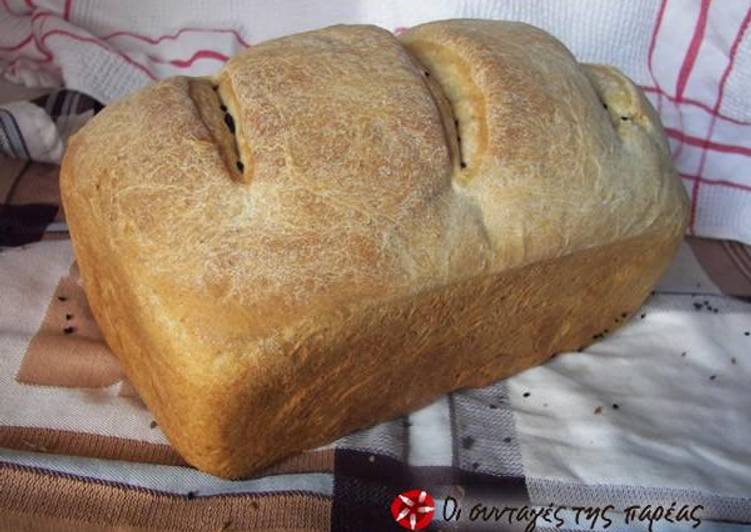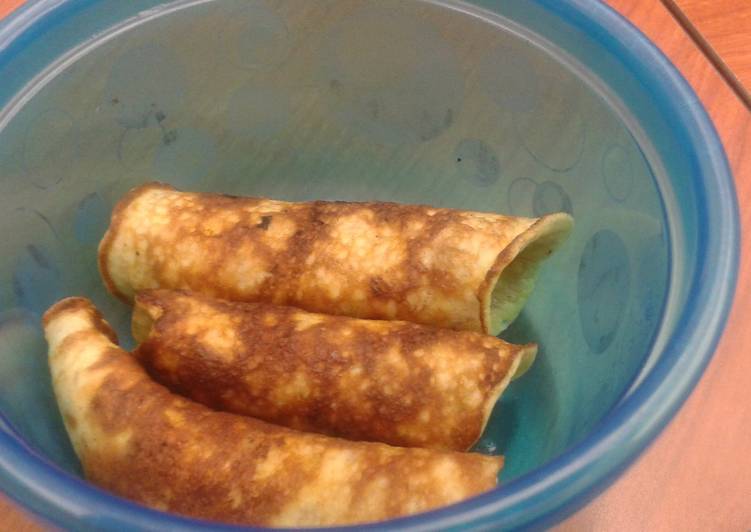Sourdough Croissants. These Sourdough Croissants are the best croissants ever! Mix all the ingredients (except butter) into nice and smooth rather stiff dough, refrigerate in a container with a lid overnight. Next day leave the dough at room.
 Those points are still valid here too. Sourdough croissants are deliciously buttery, flaky and once you make them you can't help but feel darn proud. Making croissants with sourdough starter is a pretty drawn-out process. You can have Sourdough Croissants using 8 ingredients and 10 steps. Here is how you achieve it.
Those points are still valid here too. Sourdough croissants are deliciously buttery, flaky and once you make them you can't help but feel darn proud. Making croissants with sourdough starter is a pretty drawn-out process. You can have Sourdough Croissants using 8 ingredients and 10 steps. Here is how you achieve it.
Ingredients of Sourdough Croissants
- Prepare 90 g of Sourdough starter.
- It’s 340 ml of Milk.
- It’s 5 g of Instant Yeast.
- You need 575 g of All-purpose Flour.
- Prepare 40 g of sugar.
- Prepare 9 g of salt.
- You need 40 g of softened butter.
- Prepare 350 g of refrigerated butter.
Flaky, buttery and a dozen of these cost about the same as one bakery Baking croissants seems like such a huge, fussy deal. I always thought I'd take one whole day, prop. I'm by no means a 'straight lines and perfect measuring', kind of baker. For me, it's all about having fun and I have fun when I make these sourdough.
Sourdough Croissants instructions
- On the morning of day 1 (for this is a 2-day recipe) mix together all of the ingredients (except the refrigerated butter). Knead into a dough. Wrap in clingfilm and refrigerate until the afternoon..
- In the afternoon, when you are ready to start the lamination, get the butter out of the fridge, sandwich it between two sheets of clingfilm, and then beat it flat with a rolling pin. It should end up about 5mm thick, and it should be a rectangular slab..
- Take the dough out of the fridge and roll it flat so that it is just slightly larger than twice the size of the butter slab. place the butter on one half of the dough, and fold the dough over so that it completely encloses the butter. pinch the edges to seal. Cover with clingfilm and return to the fridge for 15 mins..
- Now the lamination begins. remove dough from fridge and roll it as flat as you dare. try to make it long and thin. Then do a set of book folds. ie. fold one third into the middle then fold the other third on top of it. It should now be 1/3 of the size and 3 times as thick. Cover with clingfilm and return to the fridge for 15 mins..
- Repeat the previous step 2 more times (for a total of 3 folds). Then wrap in clingfilm and leave the dough in the fridge overnight..
- The morning of day 2, take the dough out of the fridge and roll it flat. This may take a while. The goal is to make the dough about 5mm thick (and rectangular). But your dough may be easier or harder to roll (just because) so don't worry if you don't quite get there..
- Cut the dough into long rectangles, as shown. Depending on the ratio of the rectangle you made in the previous step, your croissants may be short and fat or long and thin. (Long, thin rectangles make short fat croissants).
- Make a cut in the shortest side of the triangle, and roll into a croissant shape. If your dough allows it, you can stretch the dough a little to help create the shape you want (if you've not done this before, a video is really helpful – Google how to shape croissants) This pastry is quite versatile – we also made cinnamon buns and turnovers from the end scraps – so you can be a bit creative with the shape of your pastries..
- Cover and prove at room temperature. Ideally, the croissants should double in size. We were a bit impatient and just baked them after 2 hours. This seemed to work. The resulting croissants were quite dense (which by happy coincidence is how I like them). Waiting for them to expand more might produce less dense (more traditional) croissants..
- Brush with beaten egg and bake at 230C (450F) for 5 minutes, then reduce to 180C (350F) and bake for 15 minutes. Add a dish of water to the oven to increase humidity. We tried to bake the first batch on a pizza stone, but a decent amount of butter leaked out during the baking, which dripped off the edge of the stone and caught fire on the bottom of the oven. So possibly use a baking tray..
These sourdough croissants are based loosely on a recipe by Shipton Mill and an adaptation of my recipe for croissants made with commercial yeast. This sourdough croissant recipe is fun to make, and yields delicate flakey layers with a slight sourdough taste. You won't want to stop making and eating them! Sometimes I bet you wonder why. Adapted from David Lebovitz and txfarmer.





